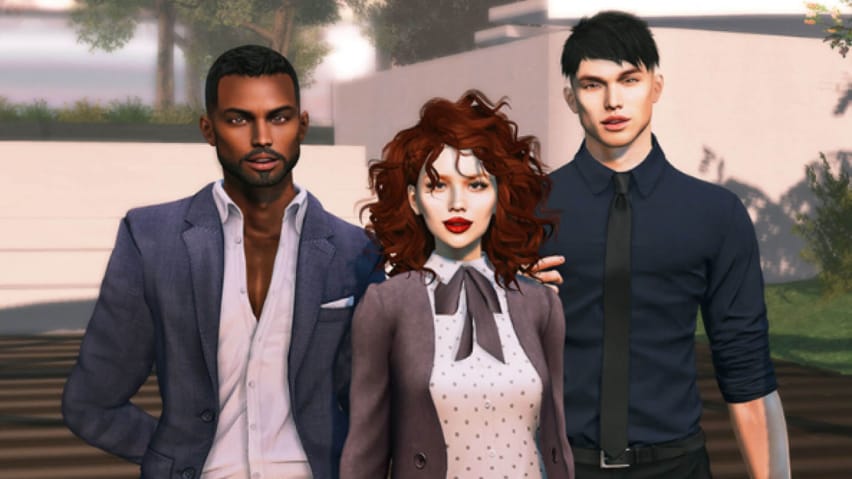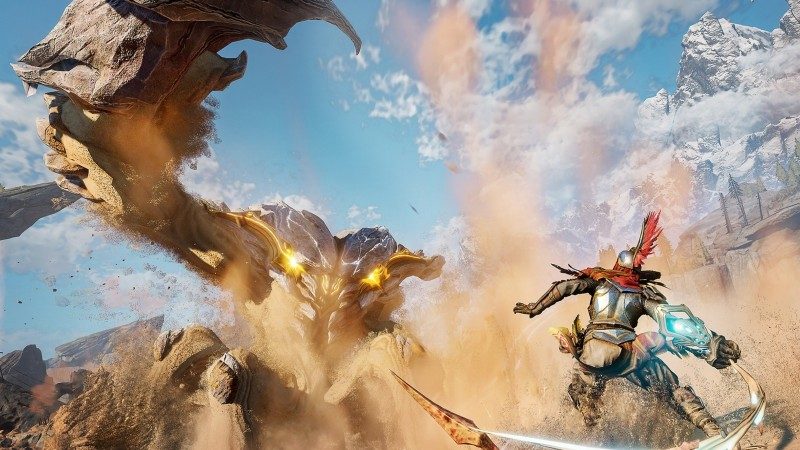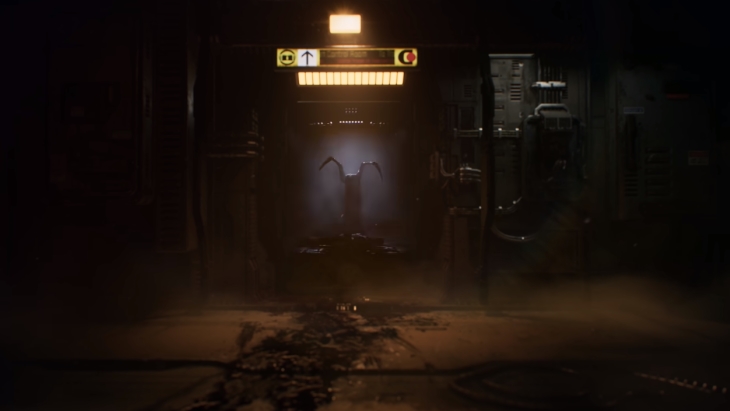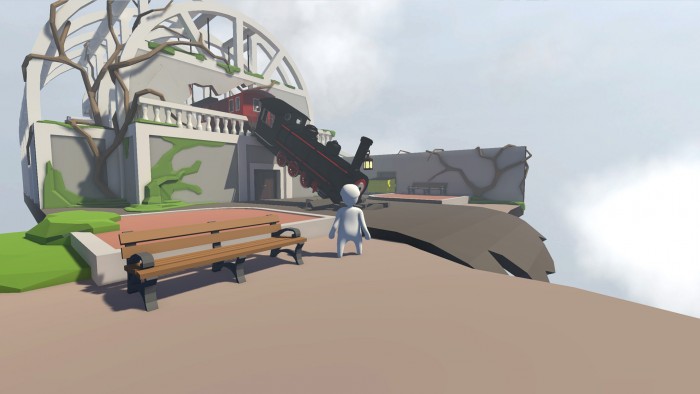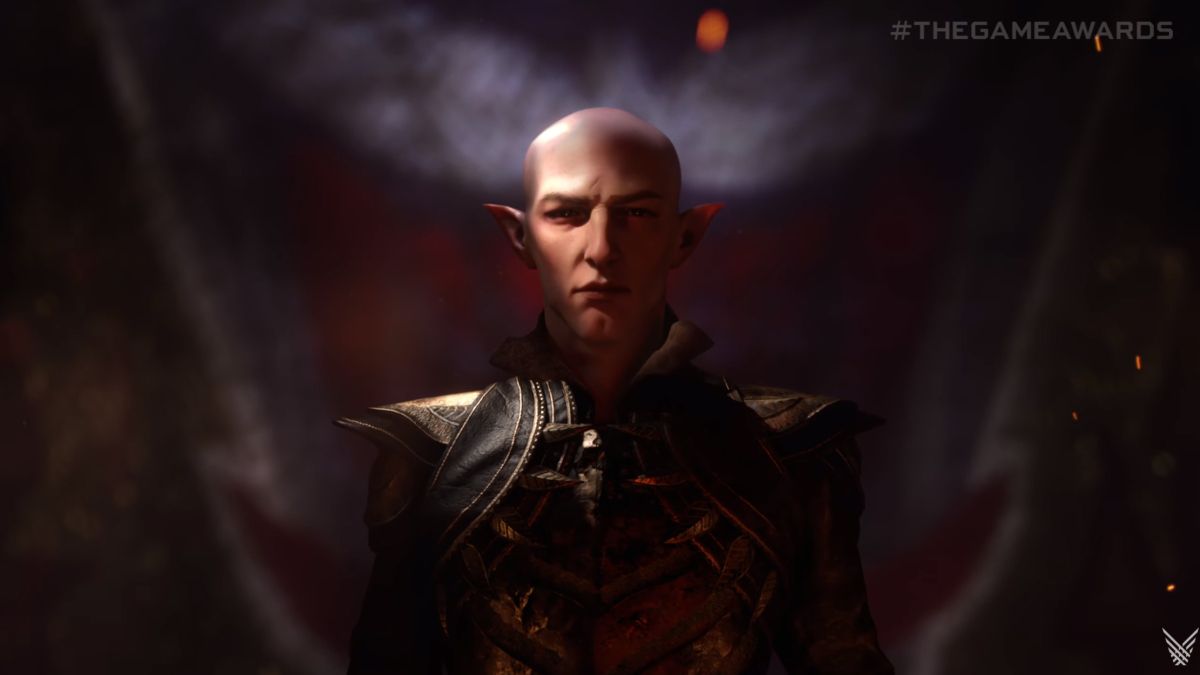
While Dragon Age 4 is still likely quite a way out, die-hard Dragon Age fans like myself are completely feral. Throw us a crumb and we will not eat it. We will smell it, lick it until it’s devoid of flavour, and then put it on a biologist’s slide to examine its structural integrity under a high-powered microscope – only to realise we should have done that before contaminating the sample with our tongues. I wrote 1,000 words based on a symbol the other day. Dragon Age fans – again, myself included – are total losers.
This is a bit less tinfoil-y than the big post I wrote about Zevran Arainai last week, who probably won’t be making an appearance in Dragon Age 4. I mean, he might, but any evidence I’ve tried putting forward to support that claim has been admittedly light so far. Still, there are other, widerpoints worth making in the lead-up to BioWare’s next Dragon Age game, like how it should probably look to Dragon Age: Origins – the best BioWare game of all time – for inspiration.
Related: If You Need More Mass Effect, Please Try The Expanse
Our own Stacey Henley wrote about how Dragon Age 4 should study the criminally underappreciated Dragon Age 2 for ideas, and she’s right. Dragon Age 2 mostly transpires in Kirkwall, a single city split up into various smaller locations, all of which are separated into two distinct states depending on whether it’s day or night.
Similarly, Dragon Age 4 is at least partially set in the Tevinter Imperium, meaning that Minrathous – the main Tevinterian city – should probably be designed with Kirkwall’s successes and failures in mind. I completely agree with this, although in terms of narrative and character development, Origins makes Dragon Age 2 and Inquisition look like battered children’s books where all the characters' faces have been scribbled out with crayon – except Dorian, who is amazing and hopefully isn’t turned into a Tory in Dragon Age 4, and also Isabela (technically an Origins alum), who still has one of the greatest video game intros of all time.
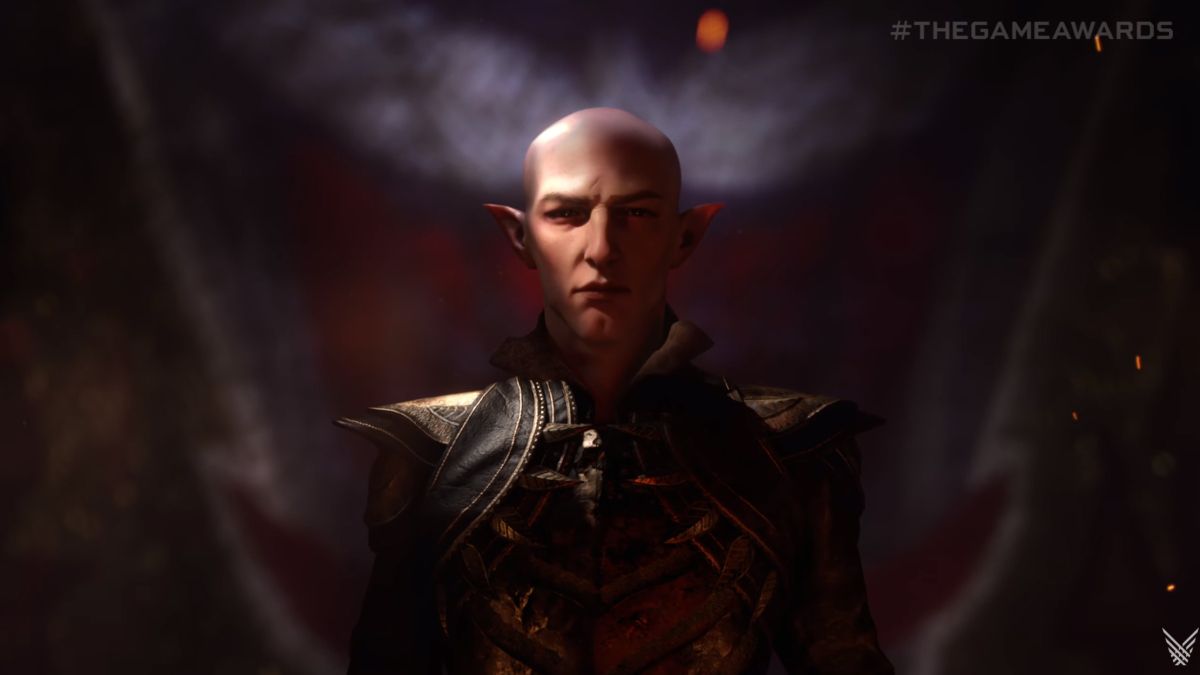
Origins was designed for PC instead of consoles, and exists in a weird limbo between the hardcore, narrative-driven, sprawling RPGs of BioWare past and the much glossier, more streamlined games we see modern BioWare putting out today. In many ways, it is the quintessential BioWare game, because it’s the only one that adopts sensibilities from both otherwise distinct camps. The fact its formula was ditched for everything that came after it is a bit rubbish for that precise reason – Origins hits the nail on the head when it comes to designing a fantasy RPG that is as close to perfect as possible, and if Dragon Age 4 wants to wow people in 2021… Well, it should be more focused on what went right with the first game than what went wrong with the other two. I love Dragon Age 2 and Inquisition by the way – here’s a piece on what modern RPGs can learn from Dragon Age 2 and another on Inquisition’s stellar environmental design to prove it. Origins is just the GOAT.
There’s just something different about Origins. It’s so ambitious in that it ventures to the underground mines of Orzammar, the breezy canopies of the Brecilian Forest, the mean streets of Denerim, and beyond. As if its core cast wasn’t strong enough, characters like Arl Eamon, Duncan, and Flemeth – who is particularly good in this one – have permanently etched their names in the annals of Dragon Age. As for the main ones – well, let’s just say Morrigan and Zevran are two of the best companions the series has ever had. Morrigan returns in Inquisition, aye, but she’s only there in body – in spirit (eh? ‘Cos she’s a spirit mage, like), she couldn’t give a rat’s ass about going out to fight demons with you. She just chills at Skyhold.
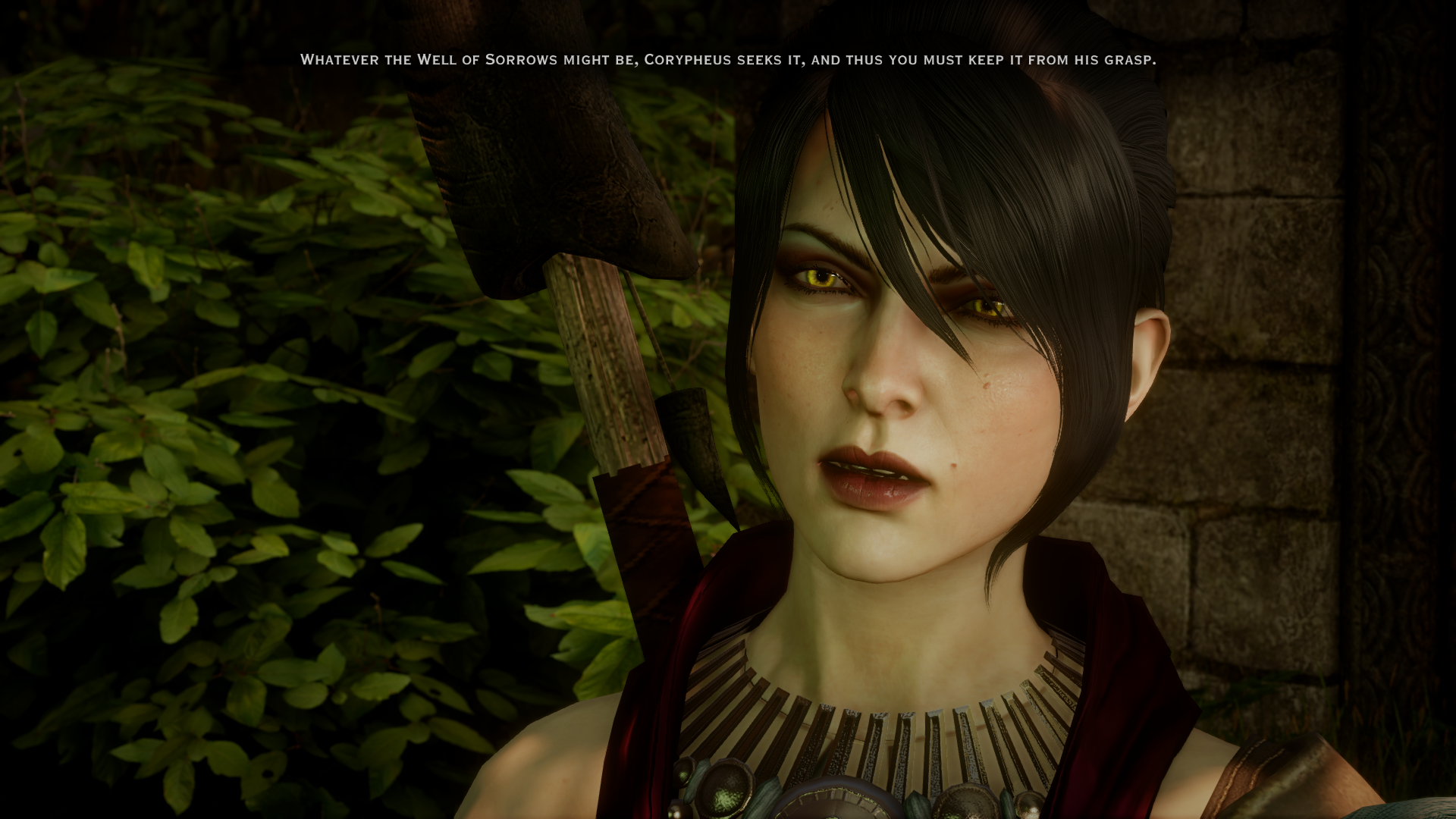
But it goes beyond that, too. Origins’ companions all have weird specific conditions that don’t really appear elsewhere in the series. I suspect people probably moaned about them after they got themselves done in and BioWare went for a more ostensibly easy arc design in future entries. Zevran slits your throat if you’re not nice to him. Morrigan flirts with you the whole game, gets into a relationship with you, and then says, “Sorry bud, looks like you’ll never see me again.” Sometimes she even sleeps with Alistair before she leaves. Speaking of which, Alistair is either dead or annoyed at you regardless of the decisions you make – unless you, yourself, choose to die – and all of the other characters are so ridiculously outlandish and independent that you’re like, hang on, what? What the actual shit is going on here?
Except it’s all cohesive, too. The companions all have amazing banter with one another – especially the ones who hate each other – and all of their individual arcs and actions are wonderfully woven into the core narrative. You can also just, like, not recruit some of them. I missed Leliana on my last playthrough (I know, I’m a heathen) because I forgot to get her before Lothering burned down.
I hope Dragon Age 4 is as gorgeous as Inquisition, and I hope it takes a similar approach to architectural design as Dragon Age 2. When it comes to everything else, though – stories, characters, themes, and just sheer, unbridled ambition – Dragon Age 4 needs to look at its oldest sibling and say, “Aye, you were right all along.” Basically, if Dragon Age 4 is Dragon Age: Origins 2.0 with certain inspiration from 2 and Inquisition, it will be the series’ best game yet. I mean, I already wrote about why it’s probably going to be the best one, but if it does this, there’s no way in hell it won’t be.
That’s it. That’s the article. Go play Dragon Age: Origins and then read this again, at which point I guarantee you’ll be nodding along in agreement, being all like, “Yes, this is an Extremely Big Brain take.” Origins is one of the best fantasy RPGs ever made and provided BioWare still recognizes that, there’s no need for any of us to feel worried about the state of Dragon Age 4. I hope…
Next: After Assassin's Creed Valhalla, Assassin's Creed Infinity Could Work
